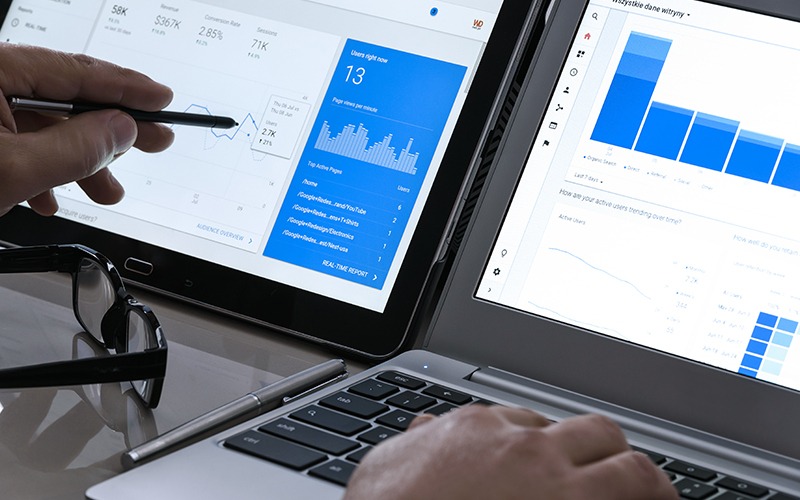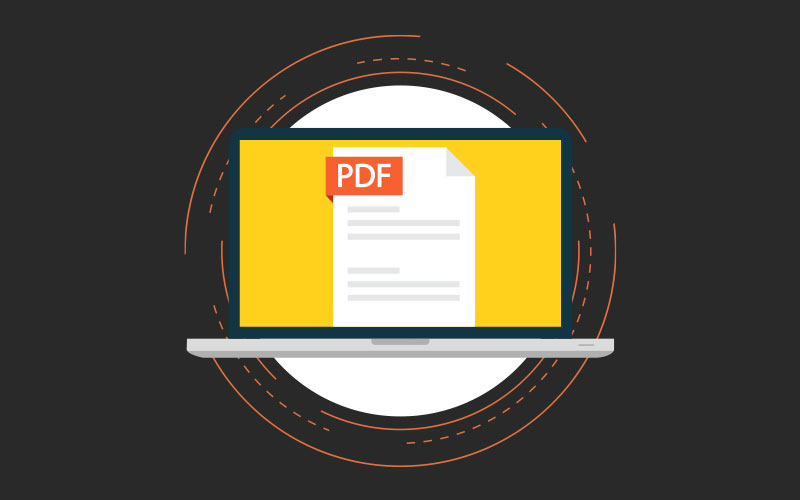Backlinks are one of the most important aspects of SEO and determining high ranking content. Conversely, backlinks are also one of the most overlooked and misunderstood components of SEO, and they often get neglected or ignored entirely.
In this post, we’re going to clear up some of the mysteries surrounding backlinks and discuss why they matter and how to evaluate their quality. Because not all backlinks are created equal, often times “bad” link can do more harm than good. As such, it’s important to know how to identify a site’s backlinks and take the necessary action to maintain a healthy link profile.
Why Do Backlinks Matter?
Let’s start with why backlinks matter so much in the world of SEO. For those of you who aren’t totally sure of what they are, just think about the word itself – “Backlinks.” These are external links found on other pages that direct back to your website. Common sources of backlinks include social media profiles, directory listings, blog posts, press releases, and other pieces of content.
In a nutshell, if someone links to your website, then they are showing that the information on your site is of value, relevance, and importance – so important, in fact, that they are using it as reference material. The more backlinks that you have pointing to your website (assuming they are quality links), the clearer it is that you’re an authority on that subject.
In the past, people would abuse link building practices and create links to their websites in the comments section of blogs or online forums. While those practices worked for a short while, Google began discrediting certain types of backlinks because they really weren’t proving that the linked content was of true value.
These days, in order for Google to recognize your content or your site as an authority worth ranking highly in the search results, you need good quality backlinks from relevant sources. Ideally, the website, or “referring source,” linking to your content should be topically-relevant, purposeful, and has a good backlink profile itself.
How Can You See Your Site’s Backlink Profile?
The process of identifying a site’s backlinks is easy. First, you’ll want to register a Google Search Console account and then add verify your site (usually in the form of meta tag or file uploaded to your site). Through Google Search Console, you can see which domains are linking to your site, which provides an easy way to evaluate each referring source’s quality and relevance.
Alternatively, you can even use either free or paid backlink analysis tools to help you find out the sites that are linking out to you. There are a number of options out there that make it easy to assess a site’s link profile. Once you understand where to find a site’s backlinks, it’s time to go over them and assess their quality.
Assessing The Quality of Your Site’s Backlinks
Identify Spam Sites
First, check to make sure that the backlink doesn’t come from an obvious spam site. What do spam sites look like? They often times are not designed very well for users and the layout of content is typically unorganized. Many of them contain poorly written text – if the words on them even make sense – and they tend to have information about a number of different topics all jumbled up together.
Sometimes the domain name itself is a big red flat, as it might be a foreign domain or it might contain a random assortment numbers and characters, like c5way12.ca. These sketchy sites are put up to farm links and traffic. or to serve some sort of nefarious purpose, such as spreading computer viruses to those that don’t have a good antivirus program in place. Such spam sites cause a number of headaches, the least of which involves hindering your SEO ranking.
When Google and search engines recognize that your site is seeing a lot spam links, it can diminish its credibility and SEO ranking potential. The easiest way to take action is to setup a disavow file, which is a simple text doc that gets uploaded to Google Search Console. The disavow file lists any domains you wish search engines to ignore.
Consider Relevance of Referring Sources
Once you’ve determined that the website isn’t a spam site, it’s a good practice to look over its content. Take your time and check out the exact page that has linked to your website. Is it relevant to your content? Does it have anything in common with your material? If this is the case, then the website is legitimate and you don’t have anything to worry about.
However, if the website doesn’t seem to have much in common, but it isn’t a spam site, you have a few decisions to make. You can either allow the link to stand, or you can include the domain in your disavow file. Again, this option will essentially sever the link between the two sites.
Assess Referring Traffic to Your Site
Another thing to look at is how much referring traffic is that link sending to your site? If it’s a lot, and the clicks/traffic seem legitimate, then its probably safe to assume that the link is of good quality.
However, there is such a thing as too much traffic, which is commonly artificial. You’ve probably heard of those hackers who send a lot of traffic to a site in order to overload it and make it crash. You don’t want to be on the receiving end of this bad traffic. If it seems as though this is where things are heading, you need to do everything in your power to sever the connection between your website and the one that linked to it.
Do They Demand Money to Remove the Link?
There are some people out there, usually those who create spam sites, who will actually demand money from you in order to remove the link. You don’t want to play hardball with these people. You just need to get rid of them.
Again, this is a situation where you want to set that link as “disavow” and move on. This doesn’t stop them from creating a new link and forcing you to go through the process again, but it will get rid of them for a time.
How Authoritative is the Linking Site?
How much authority does the linking site have? If, for example, it’s a very credible site, like the New York Times, then you can trust such links are natural and of high quality. Earning backlinks from authoritative sites is arguably the best ingredient to a high-performing SEO strategy..
However, if it’s a lesser known blog or its quality is questionable, then you’ll need to weigh this accordingly before making a decision.
When Was the Site Created?
To go into a bit more depth on this question – when was your webpage (the one that they linked to) created? If your site has been around for a while, and the other site has linked to your inside page, then this proves that they used your website as a source. This will help Google understand that your site as credible source of information, as its earned links naturally.
How Many Links Are There?
Finally, you need to consider just how many links are on the web page in question. Also, where do they go? Do they go to other sites that contain information on topics like yours? Or are they all pointing in different directions.
If the situation is the latter, then you’ll want to go through the process of examining the site again to see if it’s a spam site, because it more than likely is. However, one that links to similar sites in a logical way can be left alone.
Now that you know quite a bit about backlinks, you should be able to find all of the ones that point to your website. Go through them carefully and evaluate them fully before you go about blocking the ones that you think are damaging your search engine ranking.
While these links aren’t the entirety of the SEO process, they do matter more than you think. Make sure to clean out those bad ones on a regular basis.
















